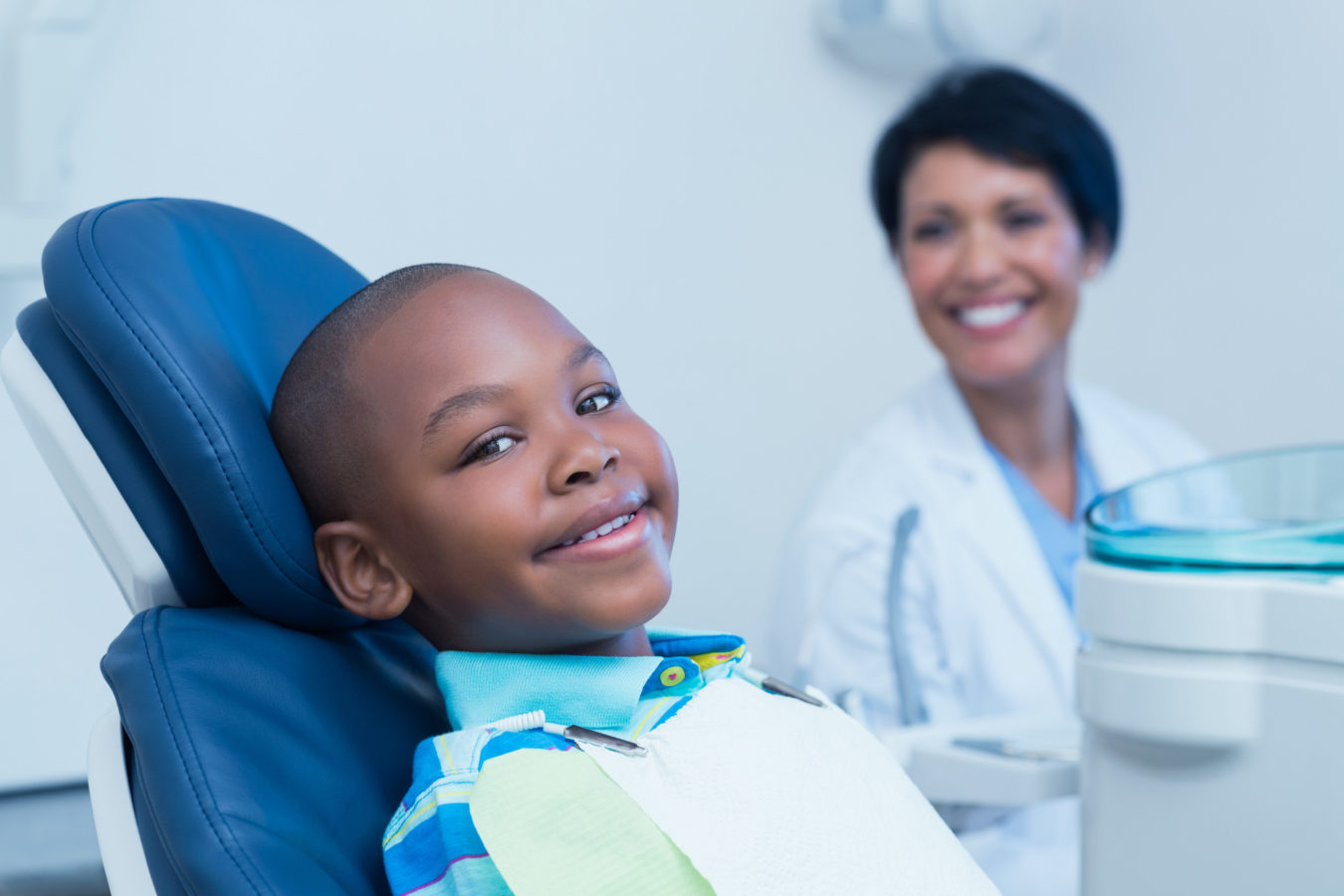In the early 1970s, nearly three-quarters of Canadian children had at least one decayed tooth. When it came to adolescents, the prevalence of tooth decay was even higher. Nearly 97% of Canadian adolescents in the 1970s had at least one decayed tooth. On average, a child or adolescent in Canada had six decayed, filled, or missing teeth.
A focus on preventative dentistry for kids — and an ongoing partnership between parents and dentists to reduce tooth decay and cavities in children — have improved those statistics enormously. The Canadian Dental Association’s report entitled “The State of Oral Health in Canada” reported that just 23.6% of children and 58.8% of adolescents had at least one decayed tooth. In 2010, the average child or adolescent in Canada had 2.5 decayed, missing, or filled teeth — down from an average of six in the early 1970s.
What have pediatric dentists in Livonia been doing to contribute to that sharp decrease in kids’ tooth decay, and how do they prevent the development of cavities in children?
What a pediatric dentist in Livonia will do
Dental checkups
At every dental twice-yearly checkup, pediatric dentists look closely at your child’s teeth and gums. What are they looking for? Any signs of tooth decay or gum disease as early as possible so that they can intervene to prevent its progression as quickly as possible. Pediatric dentists also take regular dental images to find any lurking decay and to track the emergence of future teeth.
Teeth cleanings
Brushing and flossing are your child’s best defense against tooth decay, but any plaque left behind by those daily habits will harden to form tartar that is impossible to clean by brushing and flossing alone. Your child’s pediatric dentist will regularly clean your child’s teeth to eliminate plaque and tartar, and to remove plaque around and along your child’s gums.
Dental sealants
Kids’ dentists in Livonia often recommend that dental sealants be applied to deeply grooved or pitted surfaces on the biting surface of your child’s molars. The quick and easy application of those sealants prevents plaque from developing in those grooves, pits, and crevices.
Best practices
At every dental checkup, your pediatric dentist and their staff will take time to update their knowledge of best practices regarding oral hygiene and even diet. They may demonstrate flossing techniques, recommend new products to suit your child’s particular needs, and recommend alternatives to sugary drinks or bottle feeding as your child grows and her teeth develop.
What parents can do
Your child’s good oral health requires a dedicated partnership between three people: your child, her parents, and her pediatric dentist. At a very young age, your child’s oral health will depend on that partnership between you and a kids’ dentist in Livonia. In addition to the dentist’s strategies and services discussed above, parents can help reduce the risk of cavities in the following ways:
- Cleaning your infant’s gums with a soft brush or damp cloth
- Teaching your daughter or son to brush and floss daily — and doing it yourself for them to see
- Removing bottles from your child’s mouth before they fall asleep to avoid baby bottle tooth decay
- Restricting the amount of sugary drinks your child consumes, and choosing 100% unsweetened juice as often as possible
- Transitioning from bottles to open cups for beverages (other than breastmilk or formula) by roughly the age of 12 or 18 months
- Including as many nutritious foods in your child’s diet as possible to reduce the risks of tooth decay, including foods like cheese, whole grains, vegetables, whole fruit, cheese, milk, and yoghurt
Cavities may seem like an inevitable part of childhood, almost like a rite of passage. In fact, they’re the consequence of preventable tooth decay — infections that can be eliminated to preserve your child’s health. Your pediatric dentist in Livonia will apply every possible strategy to reduce the risk of cavities in your child’s mouth. If your child doesn’t have a dentist yet, we’d love to meet him or her as soon as their first tooth arises, or by their first birthday.

